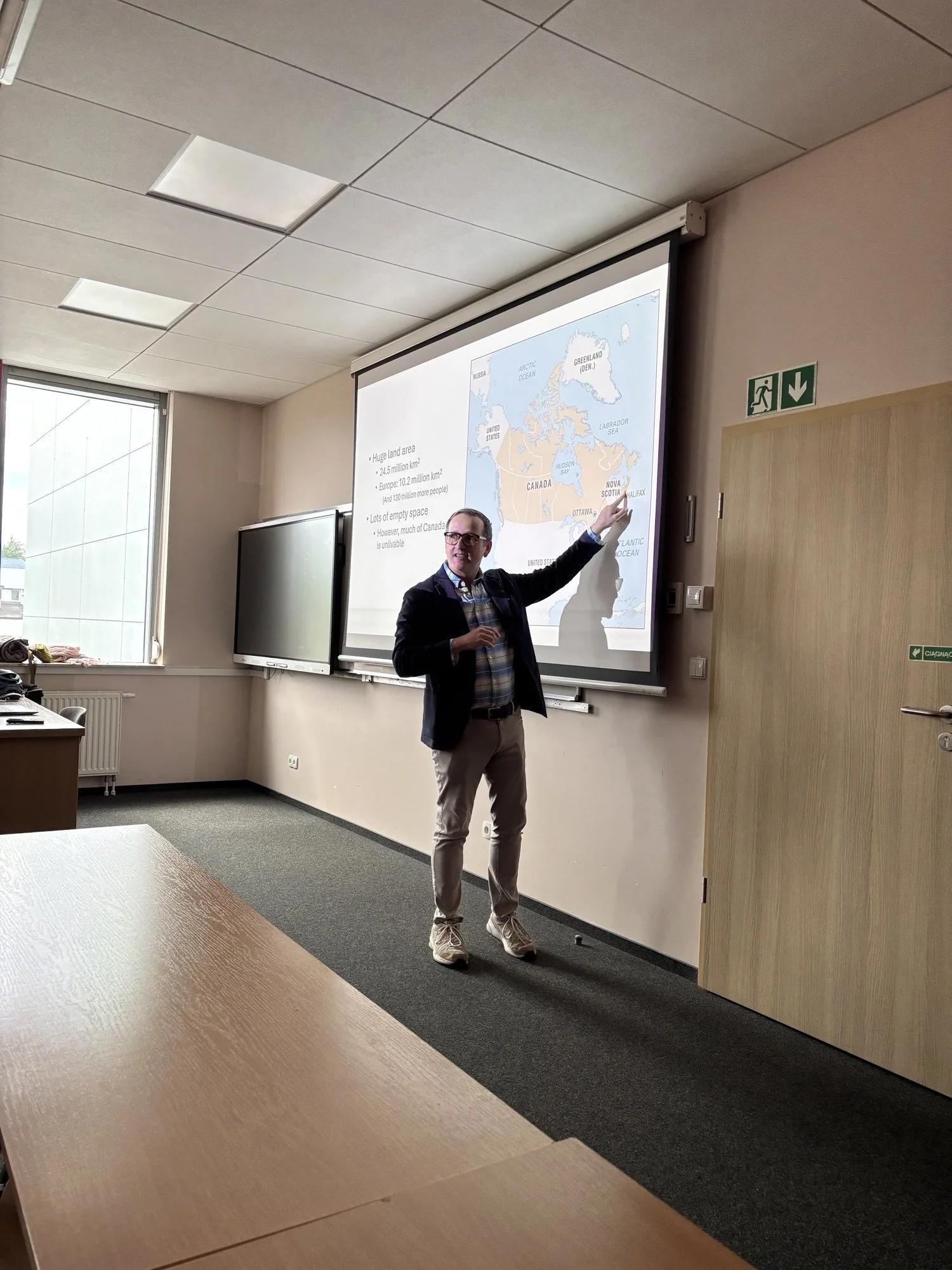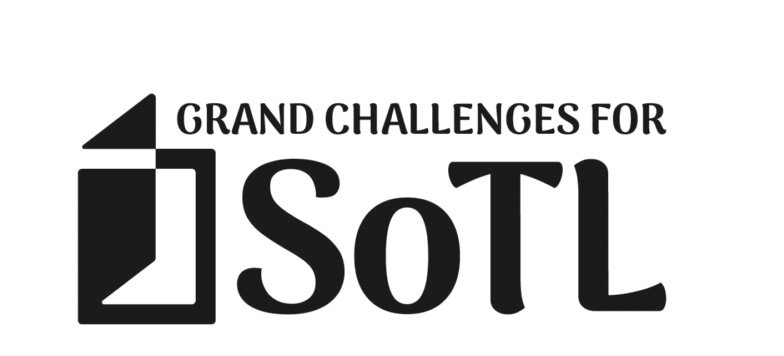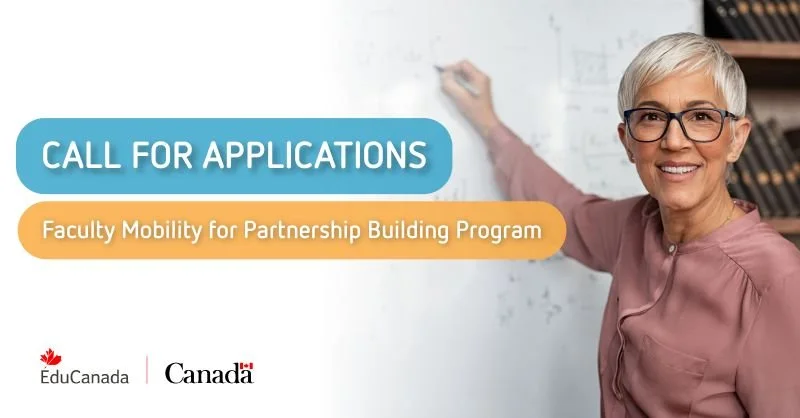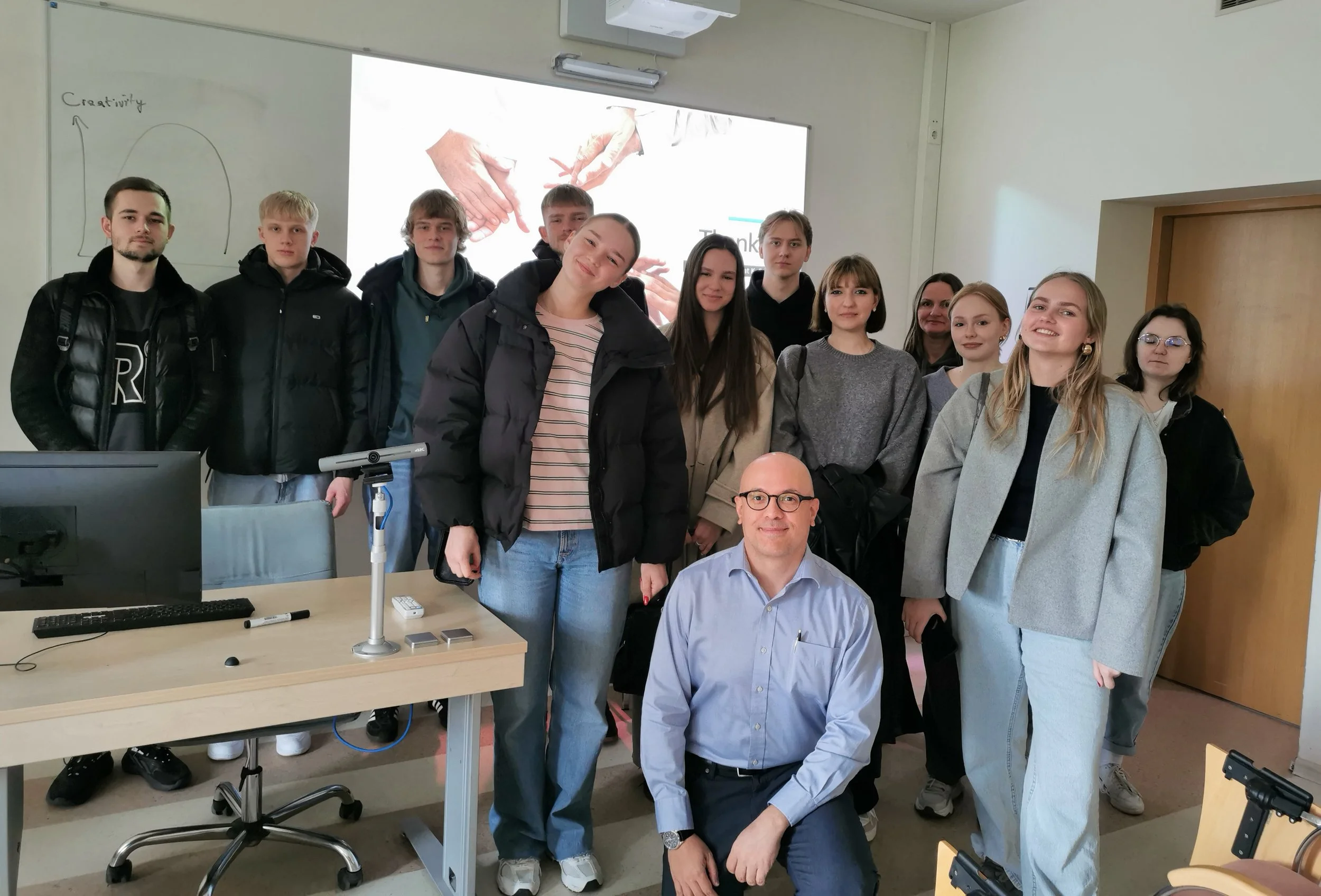Introduction
Assessment is an integral aspect of learning. Assessment both guides and measures learning across the breadth of disciplinary knowledge and the skills and attitudes are required to apply that knowledge effectively.
Many traditional assessment tools typically rely on student’s performance with demonstrating knowledge and understanding without any requirement to demonstrate the ability to apply or that knowledge within a disciplinary context. This could potentially result in a gap between what students are expected to learn by end of
Alternative Assessment often provides an opportunity to measure learning and ability that is not always covered by traditional assessment forms. Alternative Assessment will typically incorporate requirements for students to demonstrate their ability to apply knowledge in a process-orientated manner, and may feature any of the following:
Incorporate authentic or ‘real world’ learning experiences
Break into multiple stages and provide formative feedback to students so they can modify behaviour to improve performance
Provide the opportunity to use knowledge in an exploratory or investigative manner.course or program of study with what they do end up learning
-
Testing is an optimal way in which students can demonstrate knowledge on a particular topic, field or area. It is a means by which knowledge is retained and able to be retrieved at a later juncture. The neurological process of engaging in retrieval attempts (successful or otherwise) supports the development of essential connections and neurological pathways to ensure new knowledge is accessible and able to be retrieved. Another characteristic of testing is the way it can streamline scoring and grading of student performance. By identifying correct and incorrect responses, traditional assessment can make it easier to generate a single indicator of student performance. This measure can then be used to identify areas of strength and compare students’ performance across a cohort.
Traditional testing approaches do not afford much flexibility when measuring learning particular and may focuses too narrowly on a certain type of learning. For example testing often indicates knowledge but not its application within complex situations.
-
Students develop mastery through practice. Ideally, practice supports students to gain proficiency in a range of component skills to the degree where students are then able to select and apply these skills when responding to set circumstances (Ambrose et al 2010). Practice works best when coupled with formative feedback to guide future behaviour and consolidate or improve performance. Alternative assessment offers the following characteristics, which support learning:
• Tasks, which directly relate to what students need to know, be able to do or value by the end of the course.
• By nature tasks are more open-ended allowing a degree of flexibility and for students to leverage prior knowledge and experience.
• Build learning from introducing skills and processes, through a practicing stage to performance and evaluation.
• Breaking tasks into stages allows the opportunity for feedback to be provided to students so they can correct their approach before the next submission.
By leveraging prior knowledge and experience alternative assessment aligns with constructivism. In addition these assessment approaches afford greater accessibility and inclusion. For instance, increasing the opportunity for multiple means of engagement and expression of learning supports the principles of Universal Design for Learning (UDL).
Formative feedback is a key feature of alternative assessment. The complex and openended nature of the task means students are likely to need feedback guidance at critical junctures on ways to proceed when performing the task. Breaking assessments into key stages also informs students about the nature of the processes essential to disciplinary activity.
Providing students with information about particular qualities of their work in relation to set goals and about what they can do to improve is crucial to maximize learning. A focus on process enables a shift away from individual performance and supports peerto- peer learning. As the stakes are low across a number of sequential stages its easier to involve students within the feedback process. By reviewing the work of their peers, learners can reflect on, modify or reinforce their own learning.
Formative Feedback Assessment
Checks learning to identify & guide next steps
Focused on improvement
Not recorded within formal grade
Summative Feedback Assessment
Identifies what has been learnt
Evaluates student performance and may reflect on course / assignment design
Compares with performance of others and is counted towards final grade
Supporting meaningful engagement in asynchronous discussions via a tuning protocol
The Tuning protocol reflects the analogy is of tuning a piano – a key is played, and if the sound is flat, adjustments are made until the key is tuned correctly. To use this strategy within an asynchronous discussion follow the following process:
• Form students into groups, associate a discussion with each group
• Students post according to your question or prompt
• Each group member should respond to their peer posts using three feedback categories –
o WARM or positive feedback, the
o COOL small improvements which can improve work,
o HARD or COLD significant revision or reconsider approach
[Original resource: https://topr.online.ucf.edu/implement-tuning-protocol-to-improve-online-discussion-peer-repliesand- assignment-quality/ ]
-
Alternative assessments are those, which are tied closely with specific goals and objectives and often provide tangible opportunities for students to learn whilst engaged on tasks. The tasks often require and guide students to develop an ability to apply knowledge and course material to situations, which are multifaceted and complex.
It is important to reassert that students will not automatically know how to apply knowledge they acquire. Learning how to apply knowledge ideally needs to be factored into coursework and assessment, ideally in association with the acquisition process.
When traditional testing is deployed there is a likely-hood that the full range of learning is not supported and/or measured. See table below for full range of generic learning domains, which occur across disciplines.
Instructor and student alike should have a clear sense of what intermediary states of student understanding lie the pathway from novice to competent performer in a subject domain. This involves establishing what your students will need to be able to do, know or value to satisfactorily complete them. Identify these characteristics and set them out as stages within the assignment description. Consider what are the essential characteristics of good performance on that task?
Demonstrating knowledge and understanding (Recalling, describing, reporting, recounting, recognising, identifying, relating and interrelating)
• Tests, exams & quizzes (written / verbal, digital / analogue)
• Written response, summary or Report
• Comment on the accuracy of a set of records
• Devise an encyclopaedia entry
• Produce a glossary
• Taxonomy
Thinking critically and making judgments (Developing arguments, reflecting, evaluating, assessing, judging)
• Essay | Report | Journal
• Letter of advice to...
• Present a case for an interest group / briefing note
• Prepare a committee briefing paper for a specific meeting
• Book review (or article) for a particular journal
• Write a newspaper article for a foreign newspaper
• Comment on an article’s theoretical perspective
Performing procedures and demonstrating techniques. (Computation, taking readings, using equipment, following laboratory procedures, following protocols, carrying out instructions)
• Demonstration | Role play
• Make a video (write script and produce/make a video)
• Produce a poster
• Lab report
• Prepare an illustrated manual on using the equipment, for a particular audience
• Observation of real or simulated professional practice
Managing and developing oneself (Working co-operatively, working independently, learning independently, being self-directed, managing time, managing tasks, organising
• Journal
• Portfolio
• Group work
Designing, creating, performing (Imagining, visualising, designing, producing, creating, innovating, performing)
• Performance
• Presentation
• Hypothetical
• Projects
• Communicating
Accessing & managing information (Researching, investigating, interpreting, organising information, reviewing and paraphrasing information, collecting data, searching and managing information sources, observing and interpreting)
• Annotated bibliography
• Project
• Dissertation
• Applied task
• Applied problem
Communicating (One and two-way communication, communication within a group, verbal, written and non-verbal communication. Arguing, describing, advocating, interviewing, negotiating, presenting, using specific written forms)
Written presentation (essay, report, reflective paper, etc.)
• Oral presentation
• Group work
• Discussion/debate/role play
• Participate in a “Court of Enquiry”
• Presentation to camera
• Observation of real or simulated professional practice
-
“Authentic measures are “engaging and worthy problems or questions of importance, in which students must use knowledge to fashion performances effectively and creatively. The tasks are either replicas of or analogous to the kinds of problems faced by adult citizens and consumers or professionals in the field.” (Wiggins 1993)
Authentic Assessment is a term often used interchangeably with Alternative Assessment resulting in significant overlap between the two terms. These assessments are instrumental in the development of disciplinary behaviours by requiring students to draw upon a repertoire of skills and knowledge to solve problems. Ideally, formative feedback is provided to students during key stages of the completing the assessment. This provides multiple opportunities to evaluate student performance as well as clear oversight on how the work develops over time.
Traditional Assessment
• Require singular correct responses.
• Questions must be unknown to the student in advance to be valid.
• Often disconnected from real-world contexts and constraints.
• Isolate particular skills or focus on facts.
• Easily scored.
• Are “one shot”; students get one chance to show their learning.
• Provide a score.
Authentic tasks
• Require a high-quality product or performance, and a justification of the solutions to problems encountered.
• Instructions / questions/ purpose must be known to students in advance.
• Are tied to real-world contexts and constraints; require the student to “do” the subject.
• Are integrated challenges in which a range of skills and knowledge must be used in coordination.
• Involve complex tasks that for which there may be no right answer.
• Are iterative; contain recurring tasks.
• Opportunity to provide usable diagnostic information about students’ skills and knowledge.
Indicators of authenticity
• Correctness is not the only criterion; students must be able to articulate or justify their answers.
• The tasks and standards for judgment should be known in advance. Rubrics help clarify expectations.
• The context and constraints of the task are similar to what would be encountered by practitioners in the discipline.
• The task is processes orientated and multifaceted.
• Meaningful assessment and feedback is emphasized.
• Knowledge or skills can be used in multiple ways; dependant upon context or approach to resolving task.
• Designed to provide experience, improve future performance and deepen understanding. Develop awareness within student of the nature of the task.
-
With Authentic assessment, some perspectives stipulate a direct connection between the assessment task and an associated industry or professional context. In this respect experiential learning approaches, such as Work integrated Learning (WIL) have much to offer. When assessment or learning activities have a direct connection with students’ personal development and career preparation students tend to be more engaged and motivated. It should be noted that while these learning experiences are highly impactful, setting and coordinated them are often time and resource-intensive.
Instead consider a coordinated approach. Authenticity can occur on a continuum and within that are various degrees of authenticity (Jopp 2019). Recognising those processorientated tasks, which require the application of knowledge, may or may not require an obvious connection to a professional context does not necessarily diminish their efficacy. Perhaps a more considered approach is useful. Including alternative assessments with a greater focus on process or an emphasis on formative feedback could feature frequently within coursework. Leaving those assessments with a higher degree of authenticity occurring at key moments, as identified within curricula or program review.
-
Lang (2013) identifies factors within learning environment as well as within student
cohort as contributing to instances of cheating. Some of these include:
• An emphasis on performance especially measured through,
• Infrequent high stakes assessment,
• Extrinsic motivation associated with assessment and/or performance
• Low expectations of success, or low self-efficacy (“I am no good at…)
• Alternative & Authentic Assessment Resource | 2020 | Paul Maher
• Extrinsic motivation associated with assessment, students performing to instructors
• Feelings of inadequacy on behalf of students in ability to perform (“I can’t do…)
• Unawareness of what constitutes Academic integrity
The characteristics of alternative and authentic assessments can ameliorate each of these factors.
Alternate assessments are built on the principals of breaking assessments into component parts, scheduling regular low-stakes assessment as opposed to infrequent high stakes assessment. In opposition to approaches in traditional assessment where assessment is kept secret, alternative assessment provides students with a problem, assignment criteria and then scaffolded throughout the process.
Providing regular low or no stakes components within a larger assessment scaffolds and supports student learning. At each stage students are provided feedback which can they can use to guide future behaviour. Having access to this feedback in time to make a difference is key and one reason why rubrics are recommended. Rubrics also communicate the full scope of goals and expectations limiting likelihood students will make incorrect assumptions on assessment requirements.
This staged process also enable faculty to witness the work as part of the ongoing process. Any shifts in performance, patterns or approach are more noticeable, thus providing a high degree of validation that the work has been completed by the student and is original work.
When assessments are linked to learning outcomes and aligned with coursework, students are supported throughout the assessment process. Offering guidance and practice to students throughout the process both scaffolds the learning process and lessens motivations associated with cheating.
Authentic assessments focus on tasks requiring students to apply the knowledge of the discipline, which are by nature open-ended and require unique responses. The degree of authenticity, which comes from links with real-world, professional or disciplinarian activity also brings recognizable rationale. If the students expect to conduct the task later in a professional or disciplinary context they can readily understand the importance of learning to do the task, which heightens student engagement and motivations.
-
Ambrose, S. A., Bridges, M. W., DiPietro, M., Lovett, M. C., & Norman, M. K. (2010). How learning works: Seven research-based principles for smart teaching. John Wiley & Sons.
Designing Assignments to Encourage Integrity. Center for Innovative Teaching and Learning, Indiana University Bloomington. Retrieved fromhttps://citl.indiana.edu/teaching-resources/academic-integrity/ designing-assignments-encourage-integrity/
Gordon, C., Hughes, J., & McKenna, C. (2017). Assessment Toolkit . Retrieved from https://london.ac.uk/sites/default/files/cde/assessment-toolkit-I-2015.pdf
Jopp, R (2019) What is authentic assessment and do we need it in higher education? Campus Review. Retrieved from: https://www.campusreview.com.au/2019/07/what-is-authentic-assessment-and-do-we-needit- in-higher-education/
Lang, J. M. (2013). Cheating lessons. Harvard University Press.
Mueller, J. (2005). The authentic assessment toolbox: enhancing student learning through online faculty development. Journal of Online Learning and Teaching, 1(1), 1-7.
Schwartz, M. MacDonald, D. and Maloley, C (2019), Creating Effective Assessments.Retrived from: https://www.ryerson.ca/content/dam/learning-teaching/teaching-resources/assessment/creatingeffective- assessments.pdf
Wiggins, G.P. (1993). Assessing Student Performance. San Francisco: Jossey-Bass Publishers. (p. 229)





















